Very proffesional setup, all transfers on time. I was naturally very nervous but felt at ease once i had spoke to Drs on the day. After care was excellent and everything was well explained. Great service and staff .
HAIR TRANSPLANT TURKEY
Enjoy a life changing hair transplant experience at the Alana Hair Clinic.
We provide Consultation and Aftercare services in London (UK) and Madrid (Spain).
of reviewers recommend Alana Clinic
This experience was amazing and easy. From beginning online consultation to ending follow up. Shaft and doctors super nice and professional. I would recoomend this company to any and everyone
All the staff where very friendly and helpful. Any questions i had were answered with no problems. First class service from my first contact with the company right through to transplant and aftercare meeting.
A very warm meet & greet, the process was brilliant, everything went very smooth throught the treatment. All the staff were fantastic and i will also be returning to Alana for future treatment , thanks again Alana , James
I havd recently done my hairtranplant in istanbul with Alana health . Starting the prcedure they picked me up from airport take me hotel and the very next day i done my transplant and my experience with Alana was just amazing .
This is my second time here at Alana Healt. My treatmend was realy good and satisfide. The people are very nice and take a good job. Also the drivers are realy nice. Thank you Alana Healt!
A did the transplant with Alana Health 1 year ago. The results are amaizing. A have a thick hair line and a very natural appearance. Highly recommend to everyone looking for a hair transplant.
The staff were amazing, any question was answered easily. From the moment i got in contact withe the sales to the after care the team are amazing. Inwould i highly recomend.
Very well organised and professional. Uejd was clear, concise and very helpful. Their clinic is very clean and well presented. Doctor Sedef was very nice and reassuring.
What is Hair Transplantation?
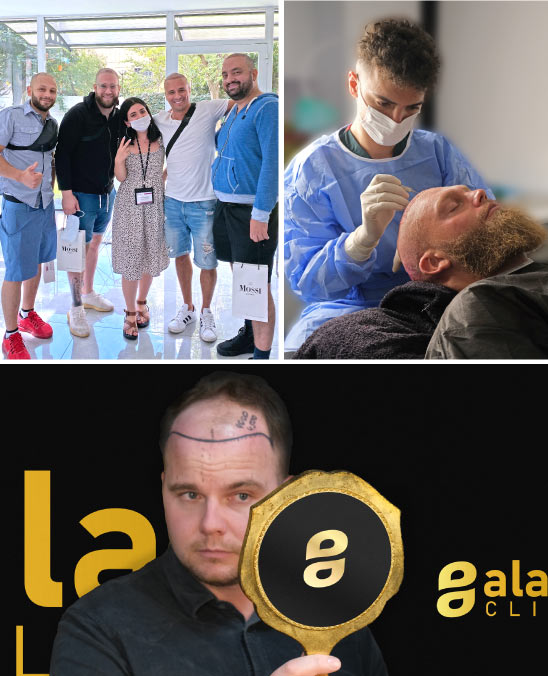
Hair transplantation is a minimally invasive surgery performed to relocate your own hair follicles from a donor area (generally the sides and back of your head) to a receding or balding area. Surgeons usually apply local anesthesia on the scalp, collect the hair grafts from the back of the head and implant them on the thinning areas.
In recent years Turkey has become the most avant-gardist country for hair transplantation. Its reasonable prices, indefatigable development of medical technologies, qualified doctors, and internationally licensed clinics and hospitals have turned it into the preferred choice of international patients. The short recovery time required after hair implantation allows you to return to your country or visit Istanbul the day right after the operation.
Excellent travelling infrastructures such as hotels, airports, and touristic attractions convince thousands of European and other international patients to get a permanent hair restoration in Turkey.
The increasing number of patients coming to Turkey from all over the world is the best evidence of the high-quality services provided here for very reasonable prices compared to the UK, the USA or other European countries. At the Alana Hair Clinic, as one of the leading clinics in Turkey, our main goal is to host and provide the best possible services for a life changing hair transplant experience.
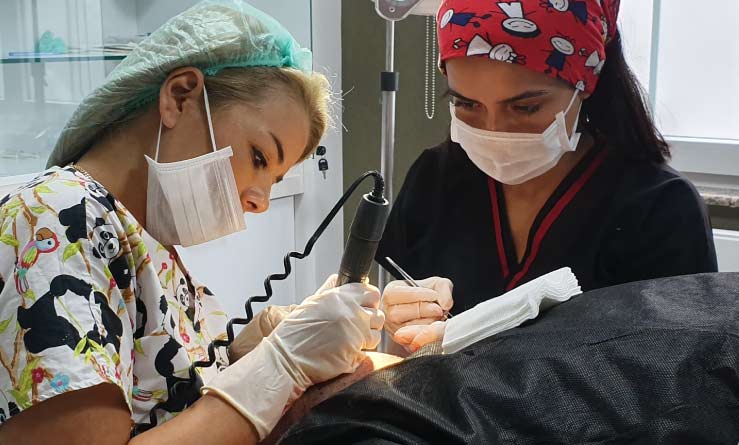
Hair Restoration Methods
Pioneering hair transplantation in Turkey, the Alana Clinic employs the most advanced technologies and provides the best possible results. According to your hair loss type, our doctors will recommend you one of the following hair implantation methods:
FUE Method:
A common method to extract hair grafts one by one with a micromotor from the donor area. Surgeons make micro channels with the use of steel blades on the recipient area and implant grafts one by one.DHI Method:
Similarly to FUE, the follicles are extracted one by one. Surgeons implant each graft directly with a CHOI pen with no canal-opening in advance.
Sapphire Method:
After extracting the hair grafts one by one from the donor area, doctors open microchannels on the recipient area with the sapphire micro-blade. This thinner blade gives a denser hair result, as the canals are closer to each other.
Why Choose Alana Hair Clinic for Your Hair Transplant in Turkey?
Our mission as one of the top hair transplant clinics in Turkey is to provide the best possible treatment experience at the most affordable prices! Keeping our patients happy and satisfied is our main key to success.
Before your arrival, we will give you all the necessary information about the hair implantation process. Depending on your specific needs and medical condition, our doctors and medical team will offer you the best hair transplant treatment, from traditional FUE to unshaven hair transplant.
At the Alana Hair Clinic, our services are not limited to just hair transplantation treatments! We will pick you up with a VIP car at the airport, we will remain at your disposal during your whole stay in Istanbul, and follow your whole recovery process for the following 12 months.
UK Registration:
Registered as Alana London in the United Kingdom. Face to face Consultation and Aftercare services are available in our London office. Make your appointment now!
Best Price and Satisfaction Guarantee:
We guarantee the best possible results for the best price/quality ratio, if you need any corrective treatment, it is free of charge.
Certified Surgeons & Rewarded Clinic:
Have your hair transplant in a hygienic and breathtakingly beautiful medical facility with a highly experienced medical team.Excellent Aftercare Services:
We offer regular follow-up services during the healing process for the next 12 months after the operation. Our follow-up team is reachable 24/7 and responsible for our treated patients.
Alana Hair Clinic: An Unforgettable Experience in Istanbul
How much is a Hair Transplant in Turkey?
The quality of the treatment is the most important factor to choose, but hair transplant price in Turkey can be a good motivation too! Varying according to the type of implantation you require, the average price of our all-inclusive package (including operation, VIP transfer, accommodation and all aftercare treatments) is €2000. This means 2 to 3 times cheaper than the UK, the United States of America, and Europe overall, while getting the chance of visiting one of the most amazing cities in the world.
All-Inclusive Treatment Packages
Medical Treatment with latest Technology
Special Hair
Aftercare Set
Alana Hair Clinic’s all-inclusive treatment packages include high quality hair transplant treatment, airport and inner transfers with electric VIP cars, accommodation in 4-5 Star hotels, a special hair regrowth set for 6 months, one PRP Session and a city tour with a local guide (only in VIP Packages), regular follow-up and aftercare to reach the best possible result.
Hair Transplant Recovery
Morten Bo is a Danish musician and songwriter. In April 2017, when he was 38, he decided to take an adventurous trip to Istanbul to get a hair transplant. After all consultations and preparations, we hosted him for a FUE hair transplant in Turkey and since then he has become a part of our family.
During his recovery time in the first year, he was so excited about the good result of the hair transplant he kept on sending us photos every month. After four years of being in touch with him, we are very happy to see his natural hair is shining on his head and honored to see he followed his life-changing dream with us at the Alana Hair Clinic.
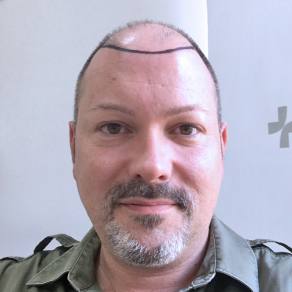
Before

2 Months

4 Months
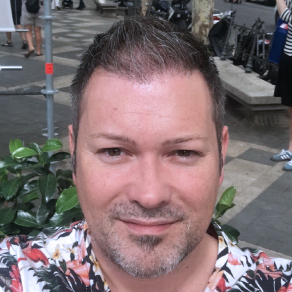
6 Months

10 Months
How to Begin Your Hair Transplant in Istanbul?
1
Get a free consultation or book a face to face appointment in our London Office via WhatsApp. Our doctors in the Alana Hair Clinic will study your case and get back to you with the best treatment plan.
2
Book your all inclusive treatment package plus your hotel residency with your personal Alana Host.
3
Let us know your arrival time! Enjoy your arranged hair transplant journey in Istanbul and return to your country with a new confident look!
Alana Hair Clinic
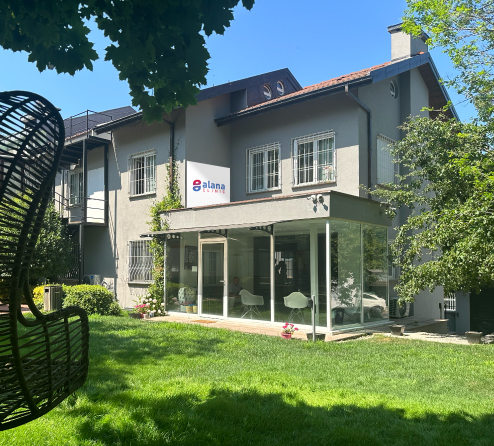
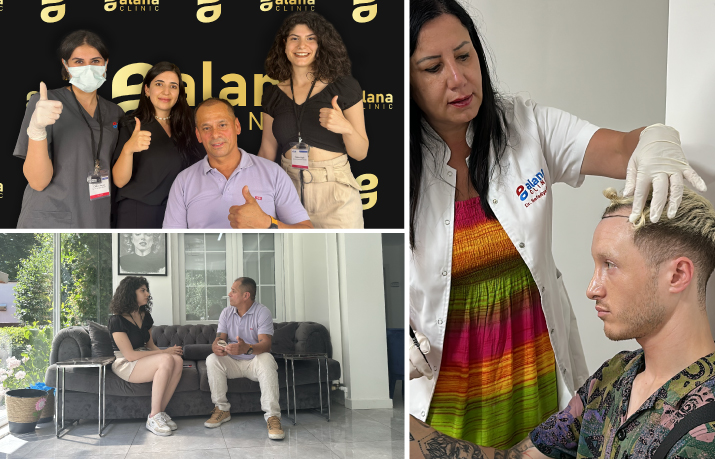
BEFORE AND AFTER
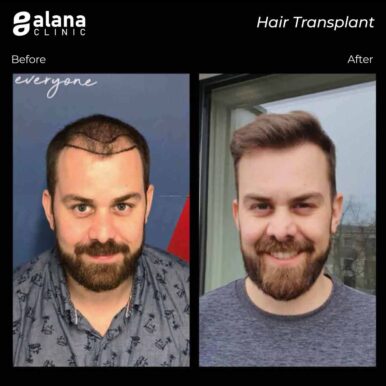
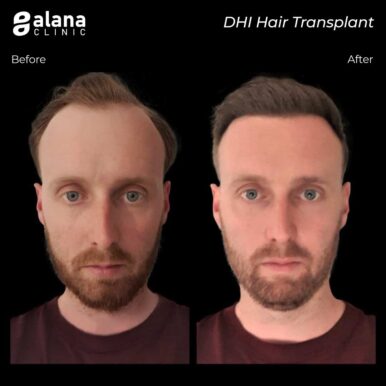
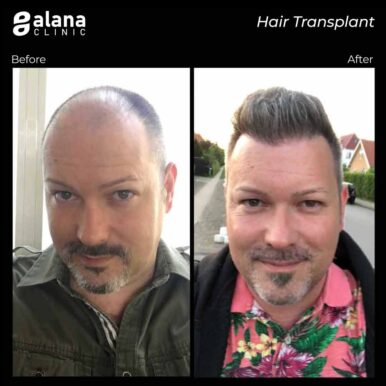
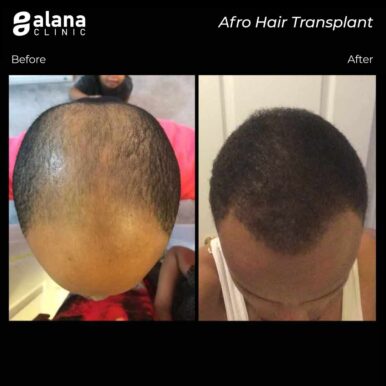
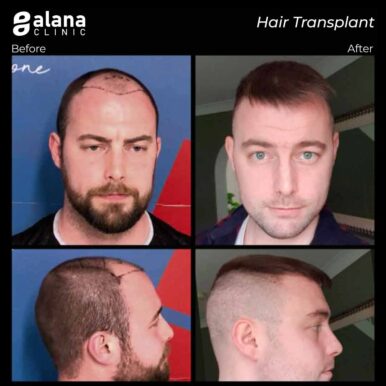
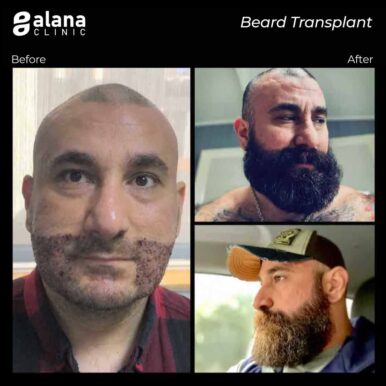
Hair Transplant Turkey Reviews
The people are very professional. Outstanding care! I mean I can’t emphasize it enough. Total procedure took about 7 hours and I was totally focused on paying attention to them. It was a very detailed procedure and Alana is very detail oriented and precise on what they do. Everybody speaks English and I felt very comfortable. I would not hesitate to recommend Alana to anybody.
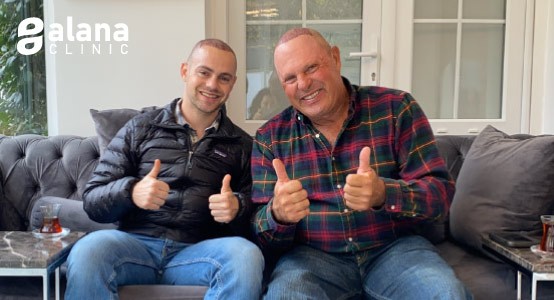
FAQ
How does a hair transplant work?
Hair transplant consists in the relocation of hair grafts from the denser to the thinning or bald areas. Your healthy hair follicles are collected from your donor area and transplanted into the recipient areas where hair is needed. Hair transplantation offers a permanent solution to hair loss.How much does it cost for a hair transplant in Turkey?
The cost of hair transplant in Turkey varies depending on the clinic and the hair transplant method. Turkey offers very high-quality hair transplants for affordable prices. On average, hair transplant in Turkey is 80% cheaper than the same hair transplant procedure in the UK.Why are hair transplants so cheap in Turkey?
Compared to the UK and the rest of Europe, Turkey offers cost-effective hair transplants. There are two main reasons for this. Firstly, labour and operational costs are much lower in Turkey. Secondly, the exchange rate between the Turkish Lira (TRY) and the Euro (EUR) or the Pound Sterling (GBP); TRY is not as strong as the GBP or EUR.- Competition between clinics in Istanbul, and all over the country.
- Government incentives to increase medical tourism.
- The cost of living in Turkey is cheaper than the cost of living in Europe, the UK or the USA.
- Affordable qualified labour, with excellent skills and more experience than their colleagues around the world, because they perform more operations.